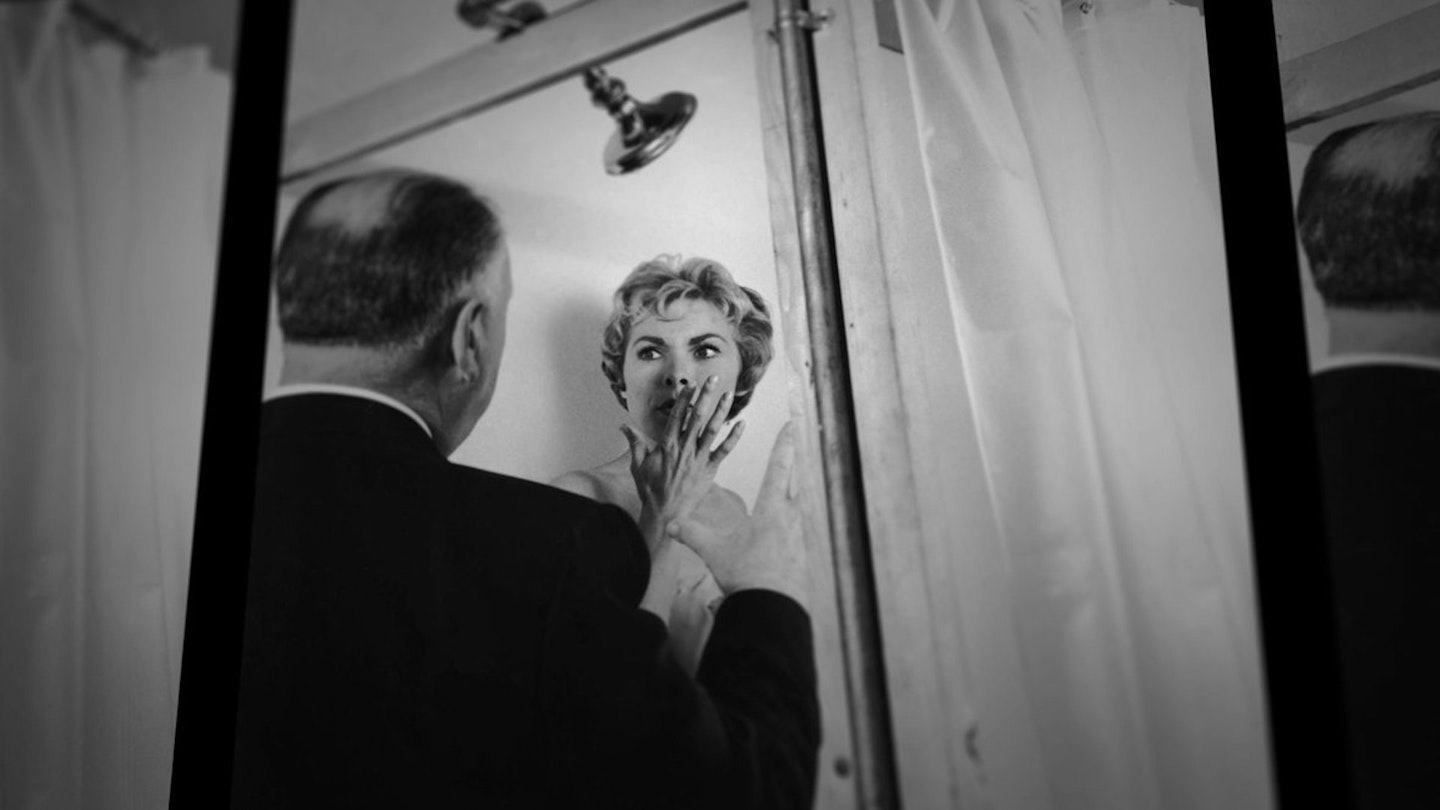Alfred Hitchcock was a slippery old thing, constantly telling anyone who listened that Psycho was a wind-up, an almighty prank on the viewing public by one of 1960’s few celebrity filmmakers.
If he was telling the truth, he sank a lot of graft into a mere wheeze — the shower scene alone took a week to film. Its countless tricks and nuances are the subject of this exhaustive documentary, which breaks down in forensic and fascinating detail just how and why the scene has such power. Amazingly, it was made much closer to World War I than to 2017, but there are still things to be teased out of it.
Film students should be required by law to watch this.
Things start with iffy recreations of footage from Psycho, and some suspiciously straightforward context from a selection of talking heads a few rungs down from the A-listers in 2015’s Hitchcock/Truffaut. Eli Roth is a dramatic step down from David Fincher, and he and a handful of other genre directors prove it with the usual shaky assumptions that people in 1960 could clairvoyantly anticipate the next decade’s descent into violence. They have a point about Psycho opening the door to more graphic screen violence, but drawing Cold War analogies is a bit of a stretch, and reductive assertions that horror’s monsters had never before been domestic or interior need an appointment with Dr Jekyll, to choose just one counter-example.
Still, that blip dealt with, the grown-ups step in, and we go shot by shot through the watery murder scene. Body double Marli Renfro is a fun, salty presence, Guillermo del Toro is smart on Hitchcock’s Catholicism, and Elijah Wood brings an unusually analytical eye to the acting.
It’s when we get deep into the nitty-gritty of the scene that 78/52 comes into its own. People such as legendary editor Walter Murch really know what they’re talking about, and not an edit in the shower goes by without a solid insight into Hitchcock and editor George Tomasini’s reasoning.
From the choice of the painting Norman Bates uses to conceal his peephole to sound design to — of course — the music, everything goes under the microscope, with the end result feeling like a high-end version of those minute-by-minute movie podcasts. We get everything from a compare-and-contrast exercise between how the scene is written in Robert Bloch’s novel and the film’s script, to one contributor cheerily showing off his tattoo of the wave form of Bernard Herrmann’s screeches. Nothing avoids analysis, demonstrating just how much information can be conveyed through film without falling into Room 237-style madness.
Amazingly, it took minutes to make a cut in those days — modern editing software can do the same thing in seconds, and is easily undone. For all the seeming chaos of the sequence, everything was carefully planned by necessity, meaning every decision and its impact on the audience was thought through, then thought through again.
Film students should be required by law to watch this, but these decisions aren’t just dry film technique of interest only to nerds more interested in frame rates than family drama. In an era when big films’ set-pieces are clearly delegated to the second unit, 97-hour streamathons are shot for efficiency and not for impact, or Liam Neeson jumping a fence requires 14 cuts (step forward, Taken 3), it’s hard not to wish
all our entertainment had this much work put into it.
